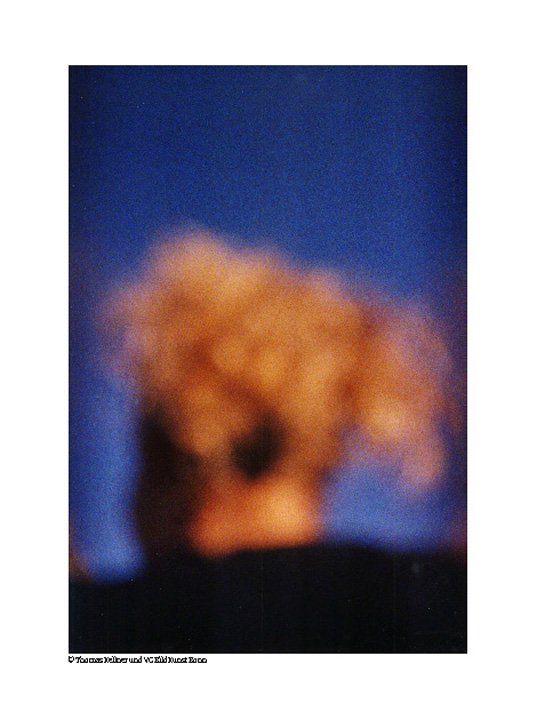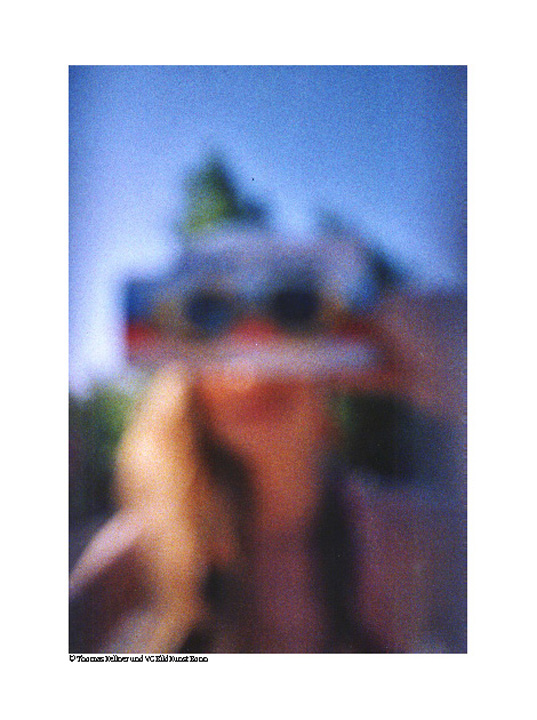About the impossibility of photographing identity: Quick Snaps
This project started with one of the very first disposable, through-away plastic cameras. It was a Kodak Panorama, 24 exposures. How clever of Kodak to make you believe that you would not get a 24 x 36 mm negative, but much more. Indeed, after exposing all 24, I opened the camera and found out that two pieces of plastic just reduced the format down to 12 x 36 mm. And, of course, the labs would sell you only bigger sized prints for double the normal price. How ingenious!
Well, after opening the camera, I pulled out the film and plastic and, of course, also the plastic lense. Behind it I found a large aperture - a perfect pinhole. Naturally, it was much too large for sharp pictures. So why not just make unsharp images? Sharpness at that time was still just a convention in photography.
Next I calculated the new sensibility for a film, no longer using the lense and startedout at using 3600 - 4800 ASA speed films. I started doing snapshot like portraits of my friends. Without the lense, it had to be close-up, nearly touching their noses. Usually, it was quite shocking to people when I did these portraits, as I nearly had to thrust the camera into their faces.
The first pictures were wonderful, nearly like pixelated paintings. They became my personal reaction to the famous portraits of Thomas Ruff. Still, Thomas Ruff's portraits in the early nineties had to do with identity. However identity to me is more than just the moment, the hundreth of a second and that one person's expression saying this could represent an identity or personality. To me, a human being's identity is much more, perhaps it has to be blurry, the person is still recognisable, but yet open for further ideas of what this being could be like.







































